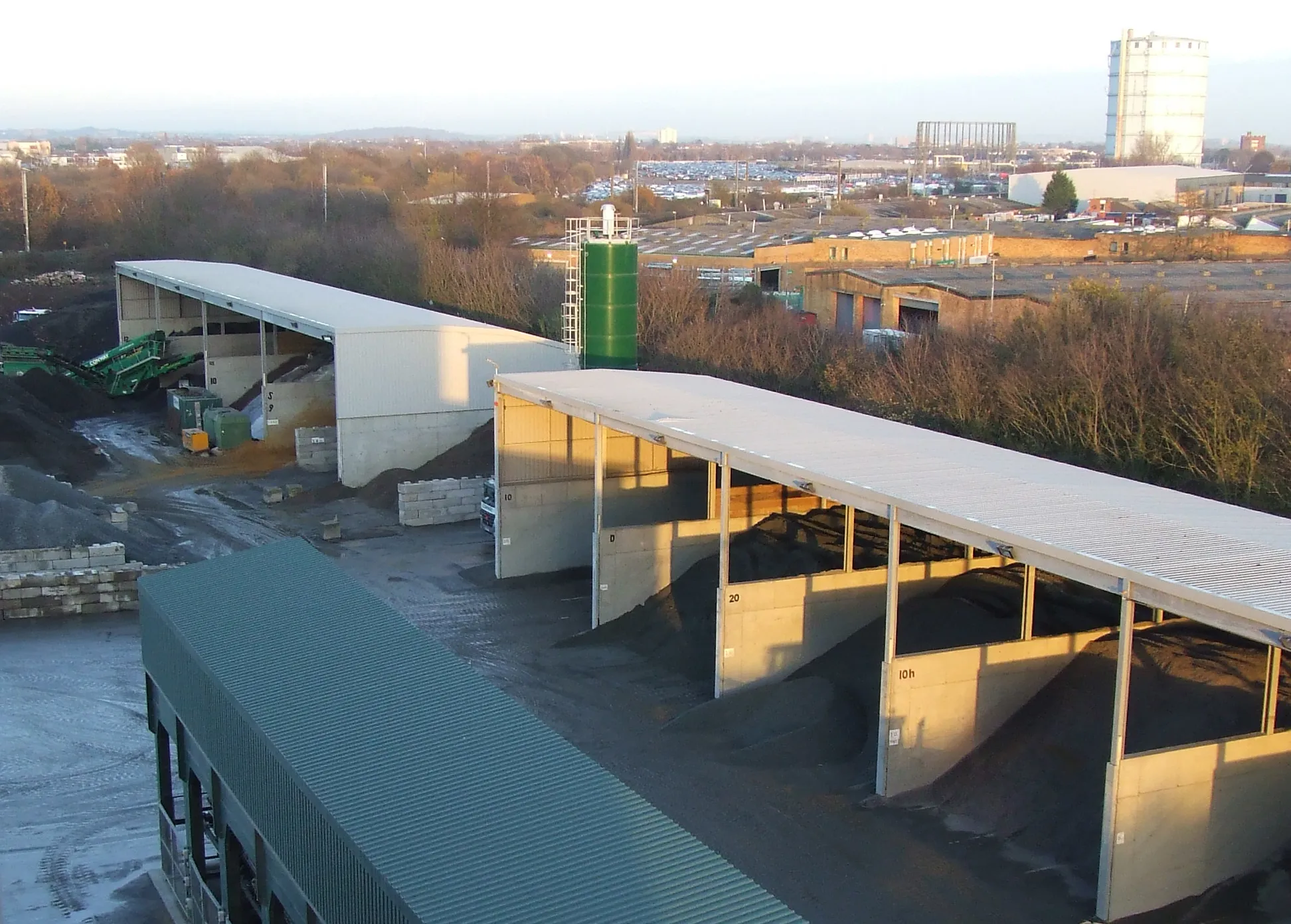
The road sector faces challenges with regard to bitumen - Gülay Malkoç reports
Roads play an important role in contributing to the economic development and growth in a country, together with the social benefits. Roads open up areas and stimulate economic and social development, so they have a crucial on, and a vital role in, the development of national growth. The approximate length of the world’s road network is 16.3 million km (with 5.5 million km in the EU, 4.5 million km in the US, and 3.2 million km in China). Now and then, every country has to deal with its road network depending on its needs, focussing either on the new links and/or maintenance of existing routes.
More than 85% of the surfaced road connections around the globe feature asphalt in construction as this material offers a number of environmental and technical benefits. Asphalt road surfaces are also considered a sustainable option for road paving material where bitumen is used as binder as this material can be recycled. The bitumen, produced by the refineries, plays an important role in road durability which is also important for sustainability. In addition, durability and the ability to predict performance are also essential for new Green Public Procurement Systems, Public Private Partnerships and Functional Tendering Systems. As a result, it is important to find out the criteria influencing road performance by predicting the performance of the material itself used during construction.
According to research, because of its visco-elastic behaviour bitumen has a big influence on asphalt road performance criteria. These are mainly permanent deformation, stiffness, low temperature cracking, fatigue cracking and adhesion. However bitumen’s chemical compositions can vary very widely because of the use of different crude oil sources and refining systems.
Studies show that the change of the bitumen composition has an effect on measurable bitumen properties, including the rheological composition, ageing profile and even the routinely measured specifications. And in Europe there is still a lack of performance related requirements for paving grade bitumens (EN 12591).
In the last decade or so oil refineries refocused to increase the amount of higher-value products such as diesel, petrol and lubrication oil from heavy oil products. They were keen to meet demand for high-value products and were able to achieve this by taking advantage of advances in oil refining. And this also may have had an effect on the composition of available paving-grade bitumen, affecting the performance of road pavement.
Some reports indicate that there has been a decrease in bitumen quality over the last 30 years as well as a decrease in the surface life of asphalt roads. This might be related to changes in the supply chain in the bitumen industry and the refining systems used.
Moreover, a new regulation is being introduced by the International Maritime Organisation (IMO) that may also have an effect on the bitumen sector. IMO plans to cut the sulphur content in marine fuel from 3.5% to 0.5% m/m and this will come into force from 1st January 2020. The aim of this legislation is to reduce the quantities of sulphur dioxide emissions from shipping to benefit both public and environmental issues. To achieve this, refineries have to make changes to production facilities and also have to be selective with regard to crude oil supplies.
Along with this improvement in quality, the bitumen/asphalt industries are now asking serious questions. These include: what does a reduction in vacuum residue output mean for bitumen usability? how will the bitumen quality and quantity be affected together with the price issues after IMO?
With such serious challenges and so many complicated variables in play, more research is needed to establish how bitumen chemistry affects road performance. This should be with the aim of extending the service life of asphalt pavements and decreasing maintenance costs. One new technology from the asphalt industry that helps to overcome these challenges is ‘self-healing’ (SH) material.
The SH material basically features healing properties that allow it to recover from structural deterioration. And the binder is the key to the SH process in an asphalt pavement.
There are three kinds of self-healing processes: nano particles; induction heating; rejuvenating. The main idea of SH is to repair cracks that have already occurred in a road structure. Of these methods, induction healing is the most promising used so far. This works by adding a conductive material (steel fibre) in the mix at the design process. When the cracks occur, a magnetic field is generated over the pavement surface that heats and softens the bitumen, making it sufficiently liquid to flow into the cracks. In this way, the cracked areas of the asphalt surface can effectively be glued back together.
These technologies could become useful for the maintenance of asphalt pavements, decreasing costs and improving lifespan. However, at this moment SH type materials offer limited applications and this technology needs to be improved.








